Thus, many businesses have the opportunity to access green credit with preferential interest rates.
Green credit balance increased by 9.4%
According to the announcement of the Government Office on the meeting of the Steering Committee for the implementation of Resolution 68 on private economic development, the Ministry of Finance will submit a decree guiding the policy of interest rate support through non-budgetary State financial funds. The State Bank will submit a decree guiding the support of 2% interest rate for green, circular projects that meet ESG standards, through commercial banks.

According to information from the State Bank, as of the end of October, green credit balance reached about 744,000 billion VND, up 9.4% and accounting for nearly 4.2% of the economy's outstanding debt. This outstanding debt focuses mainly on renewable energy - clean energy (more than 37%) and green agriculture (nearly 27%).
In particular, many loans are for environmental and social risk assessment, showing that lending activities for green projects, circular economy, ESG have been actively promoted and the banking industry has also made many efforts to bring green credit to businesses.
In addition, commercial banks have also stepped up capital mobilization through the issuance of ESG bonds. Typically, the Vietnam Joint Stock Commercial Bank for Investment and Development ( BIDV ), the Vietnam Joint Stock Commercial Bank for Foreign Trade (Vietcombank), as well as a number of other credit institutions have been very active in implementing and growing green credit outstanding quite high.
Credit institutions themselves have strengthened international cooperation to mobilize preferential capital from international financial institutions such as ADB and AFD, while improving governance capacity, perfecting internal processes, learning green credit risk management models, and establishing a project management board for sustainable development and ESG strategies.
Despite many positive results, according to the General Secretary of the Banking Association, Dr. Nguyen Quoc Hung, Vietnam needs 368 billion USD (equivalent to 6.8% of GDP/year) by 2050 to achieve zero net emissions, requiring an effective mechanism to attract domestic and foreign capital.
In addition, the green credit growth rate reached 20%/year, higher than the credit growth rate of the whole industry, but the outstanding green credit only accounts for 4.2% of the total outstanding debt of the whole economy... showing that it is still too small. Green bonds have also been issued modestly, with 1.16 billion USD in 5 years, compared to the demand of 20 billion USD/year. Therefore, this field is assessed to have much potential for banks to exploit credit.
Need to build a synchronized roadmap
The question is what needs to be done to promote green credit? According to experts, interest rate support for the private sector is key to overcoming the initial cost barrier in areas such as renewable energy, recycling, waste treatment, smart agriculture or green transportation.
When capital costs are reduced, businesses will have the motivation to restructure capital flows in a greener direction, creating a strong market signal for sustainable investment. However, the appraisal and supervision of green projects must be carried out closely, because projects with preferential interest rates not only need to meet environmental criteria, but also need to ensure the ability to generate cash flow, financial efficiency, clear debt repayment plans and the ability to recover capital. This is an important condition to ensure that interest rate support is used for the right purpose.
On the business side, many opinions said that the 2% support level is a large enough incentive to balance the initial risks of green projects, especially small and medium-sized renewable energy projects. Businesses also have a common recommendation that the State Bank review the process and procedures to ensure simplicity and convenience for businesses. At the same time, clearly stipulate the conditions for determining which locality has the authority to consider and support interest rates, which is where the project is implemented or where the head office/branch of the enterprise, business household, business individual... is located.
On the State Bank side, Deputy Governor Doan Thai Son informed that the State Bank is finalizing a draft Decree to support 2% interest rate per year from the budget for loans to implement green or circular economy projects.
Beneficiaries are private sector enterprises, households and business individuals, excluding state-owned enterprises and FDI enterprises. This mechanism, combined with the Government's regulations on green classification lists, is expected to create a "dual framework" for green transformation, promoting actions of enterprises in this field. Along with that, the State Bank also supports credit institutions in seeking funding sources and technical assistance to improve the capacity of bank staff in green finance.
However, to unlock green credit capital, coordination from ministries and branches is needed in building a roadmap of synchronous support policies (taxes, fees, capital, technology, market, planning) for green industries; developing the green bond market and domestic carbon market; proposing a mechanism to support credit institutions in accessing long-term capital sources, international incentives to provide green credit.
Source: https://hanoimoi.vn/doanh-nghiep-co-co-hoi-tiep-can-tin-dung-xanh-voi-lai-suat-uu-dai-724123.html



![[Photo] Visit Hung Yen to admire the "wooden masterpiece" pagoda in the heart of the Northern Delta](/_next/image?url=https%3A%2F%2Fvphoto.vietnam.vn%2Fthumb%2F1200x675%2Fvietnam%2Fresource%2FIMAGE%2F2025%2F11%2F21%2F1763716446000_a1-bnd-8471-1769-jpg.webp&w=3840&q=75)
![[Photo] President Luong Cuong receives Speaker of the Korean National Assembly Woo Won Shik](/_next/image?url=https%3A%2F%2Fvphoto.vietnam.vn%2Fthumb%2F1200x675%2Fvietnam%2Fresource%2FIMAGE%2F2025%2F11%2F21%2F1763720046458_ndo_br_1-jpg.webp&w=3840&q=75)

![[Photo] National Assembly Chairman Tran Thanh Man holds talks with President of the Senate of the Czech Republic Milos Vystrcil](/_next/image?url=https%3A%2F%2Fvphoto.vietnam.vn%2Fthumb%2F1200x675%2Fvietnam%2Fresource%2FIMAGE%2F2025%2F11%2F21%2F1763715853195_ndo_br_bnd-6440-jpg.webp&w=3840&q=75)
![[Photo] General Secretary To Lam receives President of the Senate of the Czech Republic Milos Vystrcil](/_next/image?url=https%3A%2F%2Fvphoto.vietnam.vn%2Fthumb%2F1200x675%2Fvietnam%2Fresource%2FIMAGE%2F2025%2F11%2F21%2F1763723946294_ndo_br_1-8401-jpg.webp&w=3840&q=75)














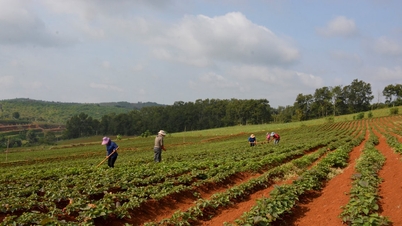
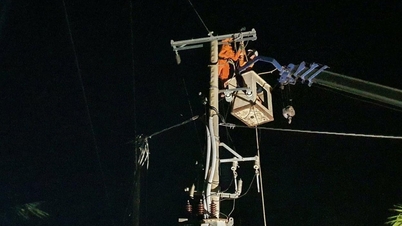



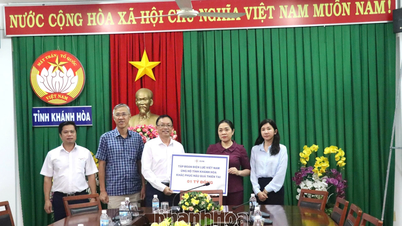





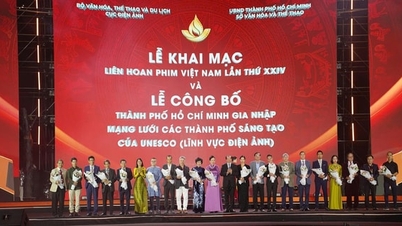
















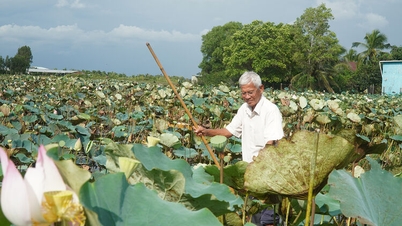











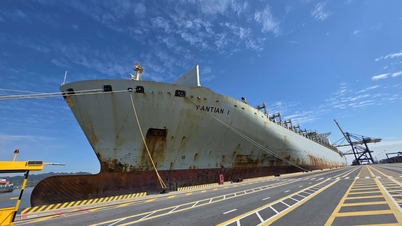





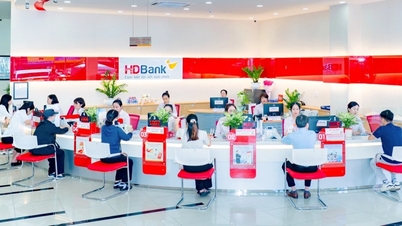













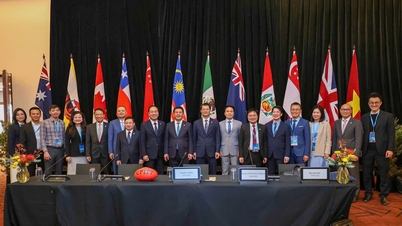






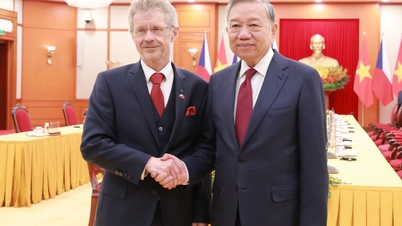

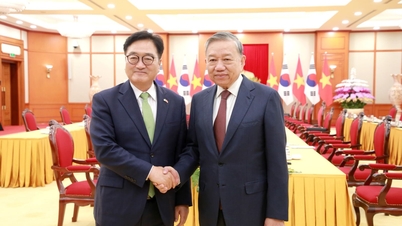


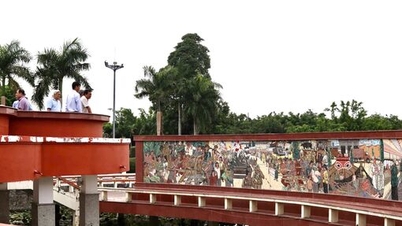















Comment (0)